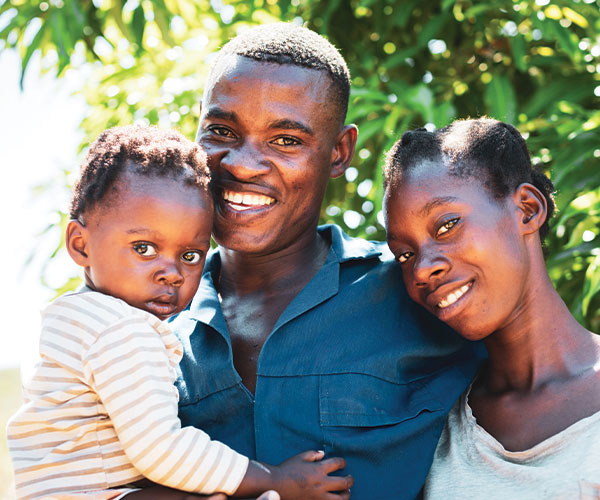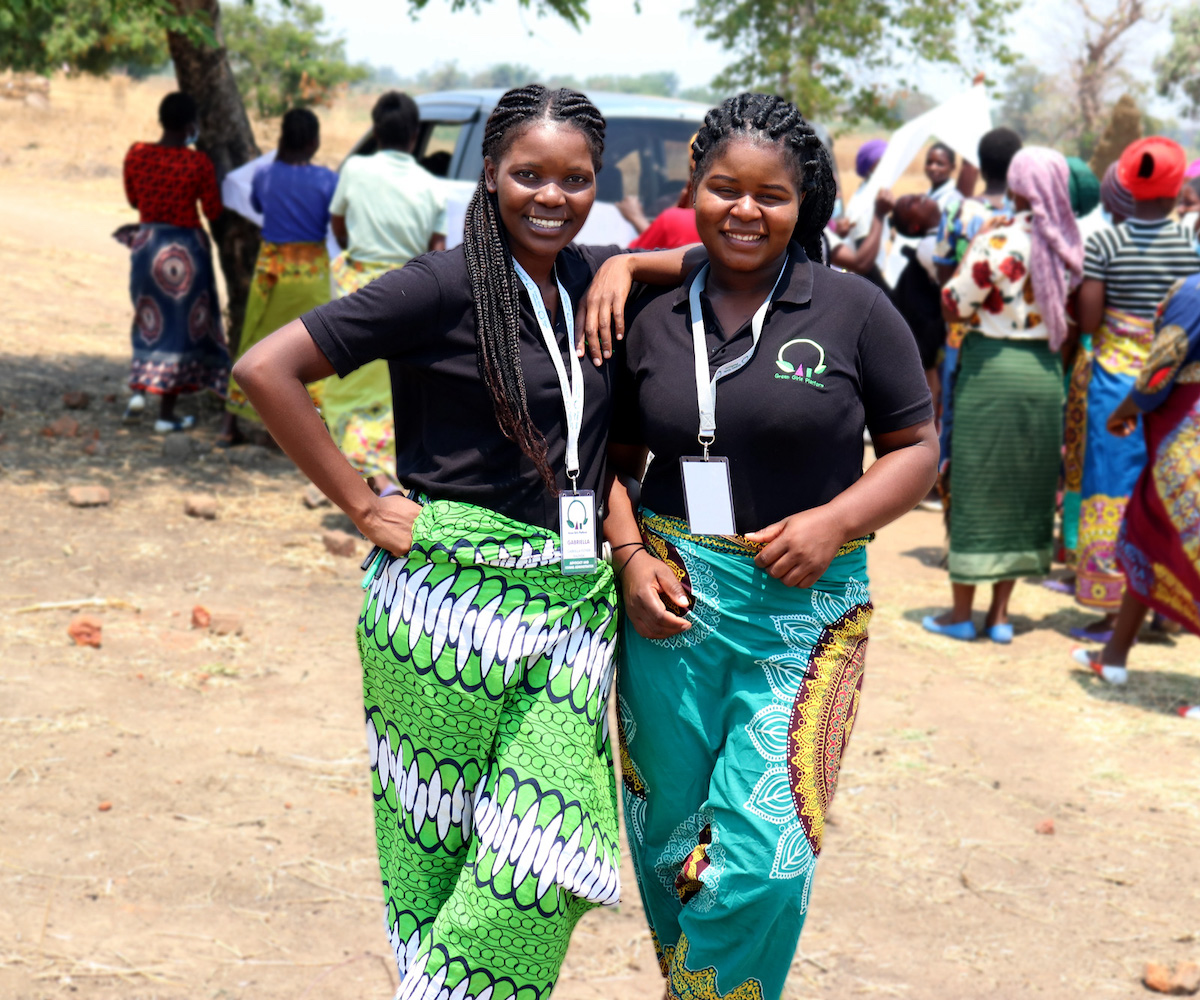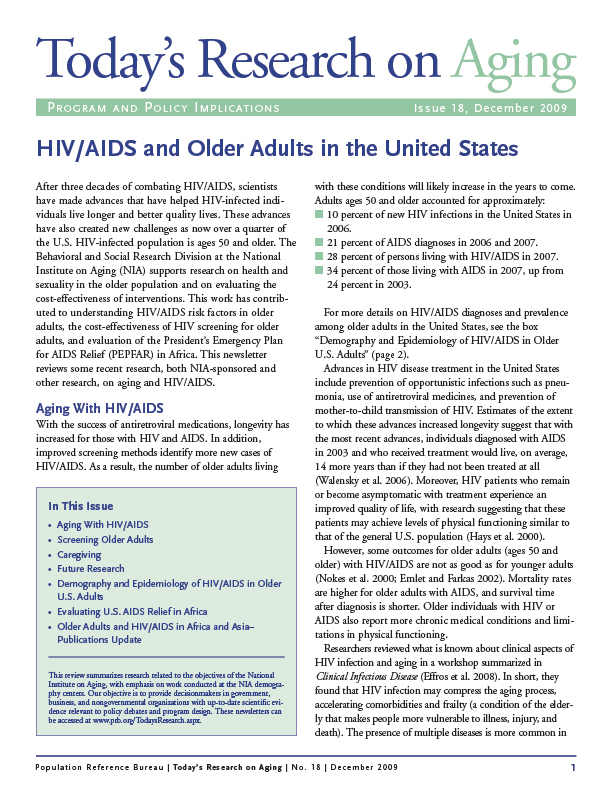10 Things to Know About Privacy Protections in the 2020 Census
What data users should know about the effects of new disclosure avoidance procedures in the 2020 Census

What data users should know about the effects of new disclosure avoidance procedures in the 2020 Census

Why would the shift to smaller families slow or stop in sub-Saharan African cities, where fertility remains so much higher than in other parts of the world?

Climate change is here, and it is affecting us now. To respond to this crisis, we must be agile and rethink our current approaches to building climate resilience. These solutions must be based on data and centered in equity and justice for the people most affected by climate change.
Current and former PRB staff members share their tributes to two PRB greats

Project: Demography and Economics of Aging and Alzheimer’s Disease
After three decades of combating HIV/AIDS, scientists have made advances that have helped HIV-infected individuals live longer and better quality lives.
(August 2002) Complications of pregnancy and childbirth are a leading cause of death and disability among women of reproductive age (ages 15 to 44) in less developed countries.